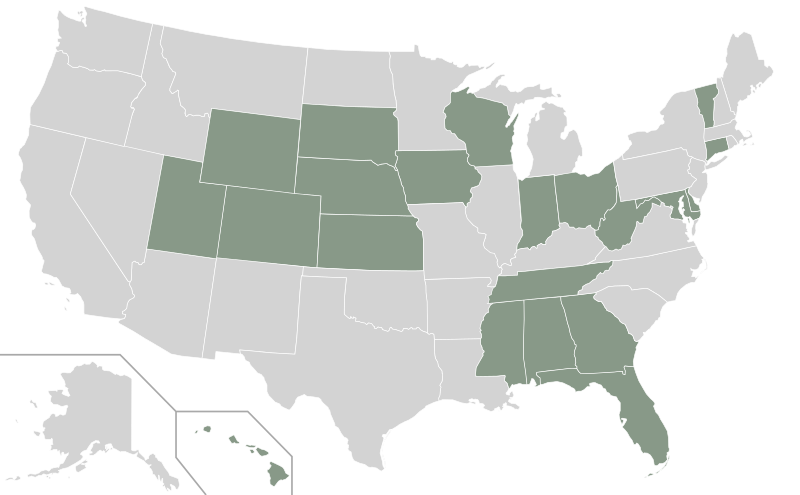The Feds Want to Replace Your Driver’s License with a National ID Card
By Benjamin Preston | Car and Driver

In 2005, Congress passed a bill called the Real ID Act, based upon recommendations made by the 9/11 Commission. Whether or not you’ve heard of the law depends largely upon how in tune you are with conspiracy theories. Where you live matters, too, because nearly a decade after the law’s passage, only 19 states actually comply with its standards.
Real ID’s stated intent is to ensure that all jurisdictions issuing driver’s licenses and other identification meet federal standards, “which should inhibit terrorists’ ability to evade detection by using fraudulent identification.” Basically, the government is upping the ante on what it will accept as valid forms of ID at federal facilities, nuclear power plants, and—here’s the biggie—federally regulated airline flights (i.e., most of them).
Opponents fear that Real ID will lead to a national identity card like those issued by “totalitarian” governments and that its requirement that states share data from their department of motor vehicle databases is an invasion of privacy. Others object because Congress didn’t offer financial backing to help states implement Real ID. The American Civil Liberties Union (ACLU) contends that the program wastes state resources while doing little to combat terrorism, calling it a “bureaucratic nightmare.”
Wikipedia
REAL ID Act
The REAL ID Act of 2005, Pub.L. 109–13, 119 Stat. 302, enacted May 11, 2005, was an Act of Congress that modified U.S. federal law pertaining to security, authentication, and issuance procedures standards for the state driver’s licenses and identification (ID) cards, as well as various immigration issues pertaining to terrorism.
The law sets forth requirements for state driver’s licenses and ID cards to be accepted by the federal government for “official purposes”, as defined by the Secretary of Homeland Security. The Secretary of Homeland Security has currently defined “official purposes” as presenting state driver’s licenses and identification cards for boarding commercially operated airline flights and entering federal buildings and nuclear power plants, although the law gives the Secretary the unlimited authority to require a “federal identification” for any other purposes that the Secretary shall determine.
The REAL ID Act implements the following:
- Title II of the act establishes new federal standards for state-issued driver licenses and non-driver identification cards.
- Changing visa limits for temporary workers, nurses, and Australian citizens.
- Funding some reports and pilot projects related to border security.
- Introducing rules covering “delivery bonds” (similar to bail bonds but for aliens who have been released pending hearings).
- Updating and tightening the laws on application for asylum and deportation of aliens for terrorist activity.
- Waiving laws that interfere with construction of physical barriers at the borders.
On December 20, 2013, the U.S. Department of Homeland Security announced that implementation of Phase 1 would begin on January 20, 2014, which followed a yearlong period of “deferred enforcement”. As of January 2014, 21 states are compliant, 20 states and territories have been granted renewable extensions (until October 10, 2014), and 15 states and territories are noncompliant (but are eligible for extensions). There are four planned phases, three of which apply to areas that affect relatively few U.S. citizens—e.g., DHS headquarters, nuclear power plants, and restricted and semi-restricted federal facilities. The timeline for Phase 4, which applies to boarding federally regulated commercial aircraft, will be determined after DHS conducts an evaluation of how the first three phases were implemented. To “ensure that the public has ample advanced [sic] notice”, DHS says that Phase 4 will not be implemented before January 1, 2016
